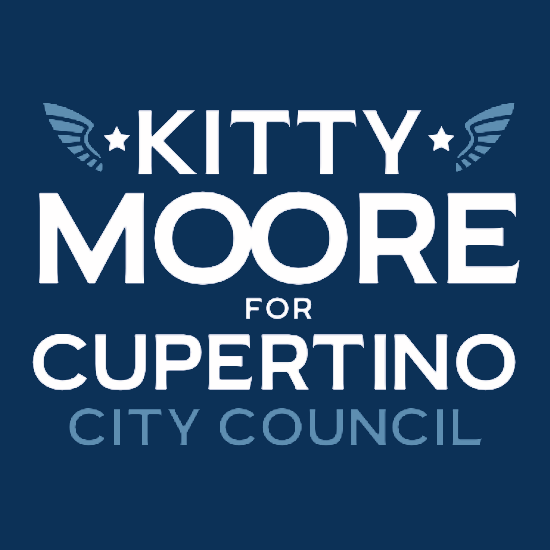Housing and Jobs
Cupertino continues to have one of the better jobs to housing ratios in the area, a feature which has improved due to pandemic impacts to office occupancy declines and vacancies due to teleworking as the new normal. The office obsolescence shock is expected to last several years, meaning the jobs increases predicted by the State are not materializing and this directly impacts housing needs, meaning the Regional Housing Needs Assessment numbers are even less accurate than previously noted.
What is moving in the real estate market? Single family and townhome residences. This is at a time when the cities are expected by the State to achieve low-income and very low-income housing growth. This is a mis-match. Faced with little to no-funding, little to no developer appetite for dense apartment housing, and seemingly impossible demands from the State, what can Cupertino do?
One solution could be to put the nearly $5 million still parked in our affordable housing fund to work. This is money with a great deal of flexibility for where it is spent, we could follow Sunnyvale’s lead and purchase a property especially for affordable housing, and unlike our Below Market Rate units already in our program, this property could be perpetually affordable because the City would own the land.
Homelessness:
The Grants Pass decision has broadened city powers to remove homeless encampments. It is a delicate balance between supporting individuals in need to go to shelter and maintaining public spaces and sanitation. I support cost-effective transitional housing projects on temporarily donated land which San Jose Mayor Matt Mahan has been delivering, but we have to be prudent financial stewards and have metrics for long-term success in place at the outset. Location and availability of long-term social services would need to be collaboratively discussed.
Housing in Cupertino:
We have made some great progress since my time on the Planning Commission starting in 2019. Westport had originally been a massive project which was rejected by the Council in 2017. When it returned to the Planning Commission it had only 5 density bonus units while using Density Bonus Law to waive height requirements, this project was not approved. Another iteration, with improvements to the plan, returned to the City. Through public discussions and feedback, this project was scaled back with a resident-supported focus on Seniors with Senior BMR units, and a Senior residential building with memory care units. You may read about the 267 Westport residential units of which the 48 Senior Below Market Rate units are complete and the 88 rowhouses and townhouses are nearly complete with many new homeowners already moved in here.
City Council has also approved housing projects at Stevens Creek Blvd. and Foothill which is nearly complete, and Canyon Crossing on Foothill Blvd. which is progressing. Marina Plaza has previously been approved and a new version is expected to come to Council in the near future.
Vallco will bring us a good share of overall city housing, however, with nearly 2 million square feet of office proposed by the SB 35 plan, and 6,000 parking spaces for office commuters, the project creates a housing shortage while using the housing law. HCD apparently does not take this defect of SB 35 into consideration when evaluating Housing Elements. While some have criticized me for not supporting the earlier versions of Vallco, the SB 35 plan brings us the most BMR housing which is where the city has been lacking development. No other Vallco plan brings us as much critically needed BMR housing as the SB 35 plan. The Vallco Specific Plan, for instance, had a maximum of 534 BMR units, the current SB 35 plan has a required 890 BMR units. Considering each BMR unit at the Veranda cost approximately $760,000 to build, the additional BMR units at Vallco SB 35 will provide an incredible value to the community.
Looking ahead to the feasibility of meeting the current Housing Element numbers, it will be challenging, and we need to look to Sacramento to create reasonable, attainable goals, understand how successful Silicon Valley businesses attract employees with better salaries, and how that success which has filled Sacramento’s coffers, is something we want to cultivate and support rather than punish with chaotic, poorly engineered growth which continues to drive residents to other states.
We need rational, logical problem solving skills, from people willing to do the work, in order to provide solutions we can approve of as a community. We want to grow by our planned preferences, rather than by the chaotic discord of truly unhelpful and flawed state laws.
